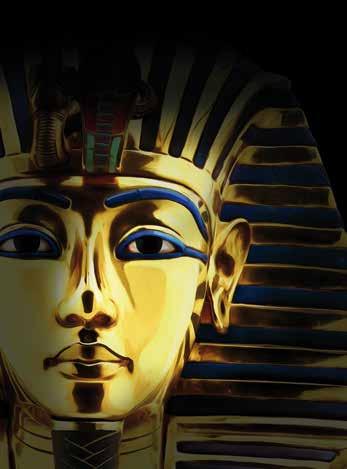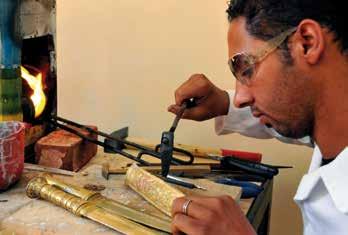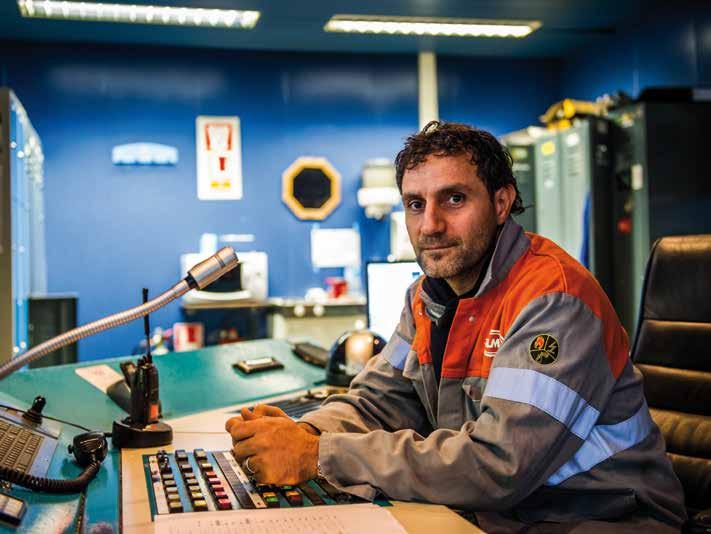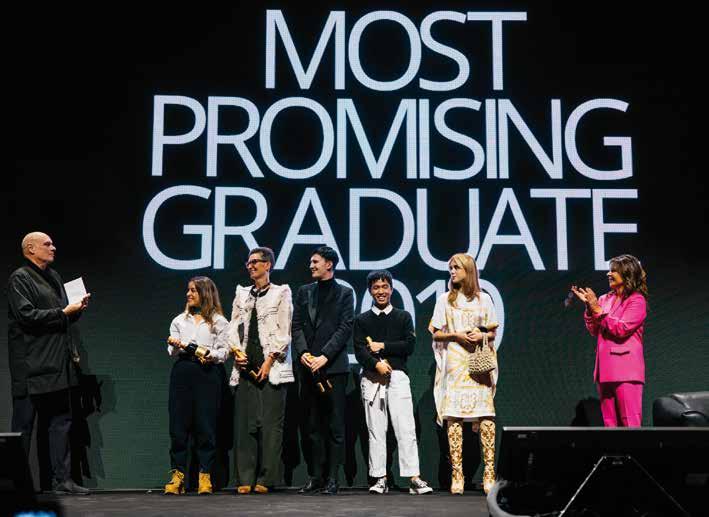
1 minute read
Explore the legend of
SENSE OF SHARING ACCESSIBILITY TECHNICAL KNOW-HOW QUALITY OF LIFE

Mummy talks The legend of Tutankhamun comes to Liège

It was 97 years ago that British archaeologist Howard Carter discovered the tomb of the young pharaoh Tutankhamun – one of the most mythical finds in the history of Egyptology. A new exhibition in Liège immerses visitors in the period.
With the travelling exhibition Tutankhamun: Treasures of the Golden Pharaoh making waves in world capitals, Europa Expo decided to launch its own show, which works to fill in the gaps. Tutankhamun: The Discovery of the Forgotten Pharaoh at the Liège-Guillemins station exhibition space comes with a complete replica of King Tut’s tomb. Artefacts found in the tomb were painstakingly copied by artisans at the Ministry of Egyptian Antiquities.
The exhibition also includes more than 350 original artefacts from major European museums and prestigious private collections previously unseen by the general public, as well as a recreation of the studio of Thutmose, thought to have been the official court sculptor of Tutankhamun’s father, the pharaoh Akhenaten.
Belgium has an important historical link with the story. Queen Elisabeth, the Bavarian princess who became the wife of Albert I, had a lifelong interest in ancient Egypt, and was among the first guests to see the newly opened tomb in February 1923. Jean Capart (1877-1947), a Belgian Egyptologist who studied at the universities of Namur and Brussels, visited Egypt on many occasions and directed excavations at Elkab in the 1930s and 40s. He founded the Egyptian Foundation in the queen’s name with the aim of encouraging research into Ancient Egypt in Belgium. He was also a professor at the University of Liege.
europaexpo.be






